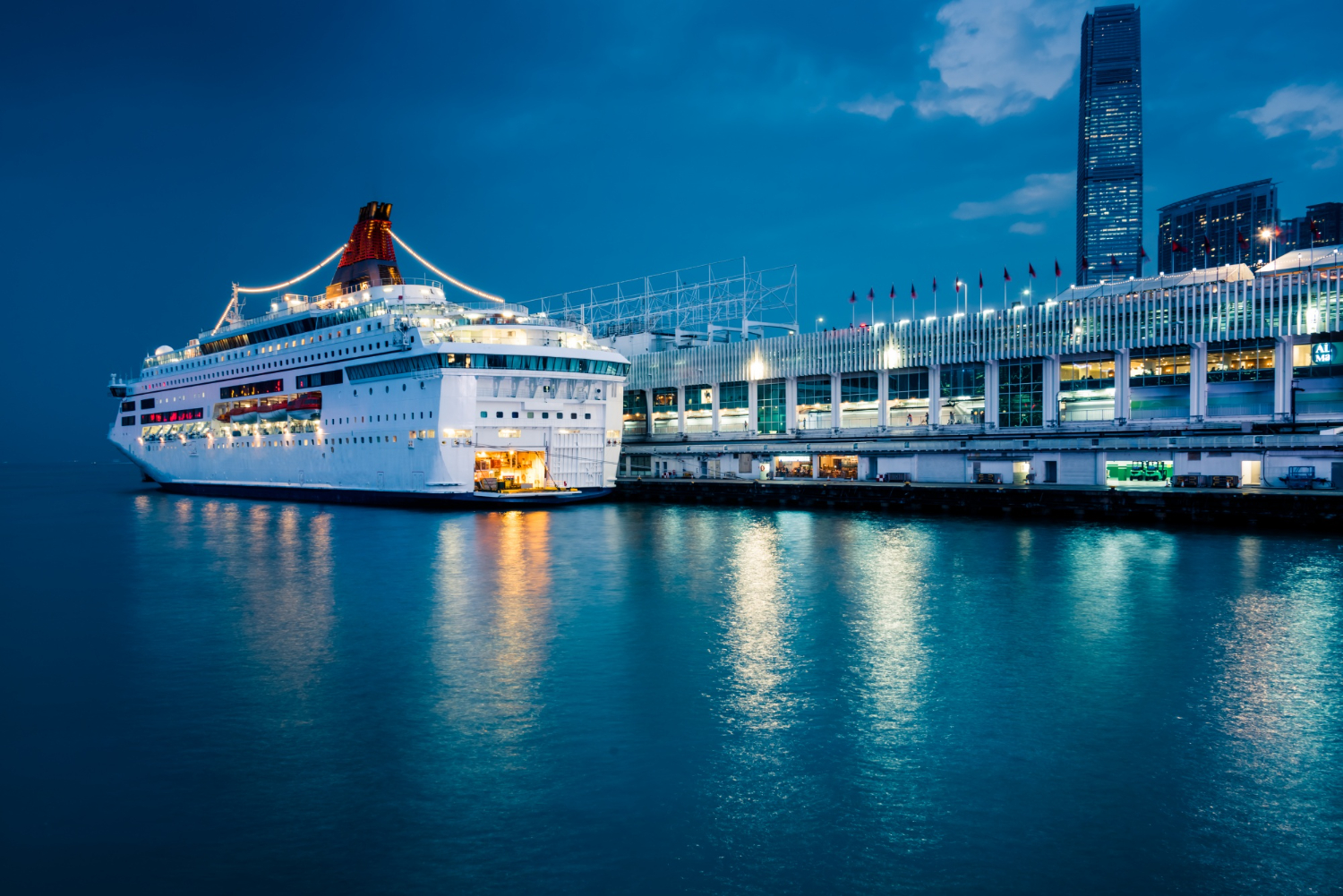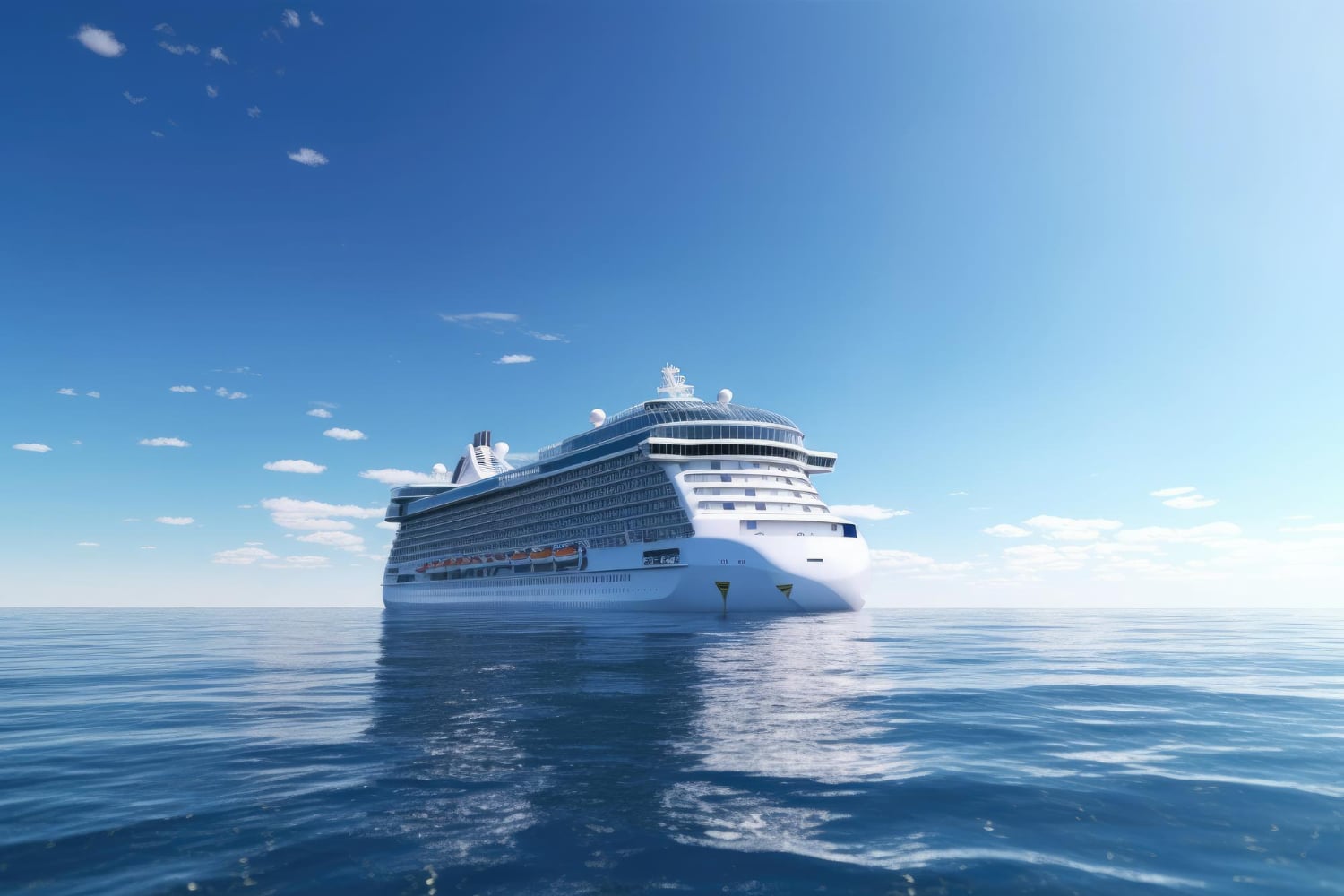
Wave Season Deals: When to Book for the Best Prices
Picture this: you’re scrolling through cruise offers in early January and spot a luxury Mediterranean sailing at half the price you’d seen a month ago — with onboard credit, a free upgrade, and even Wi-Fi included. Welcome to wave season — cruising’s equivalent of Black Friday.
Running from January through March, wave season is the period when cruise lines pull out all the stops to fill their cabins for the year ahead. It’s not just hype — some of the industry’s best-value promotions are launched during this time. But as with any sale period, it helps to know how to separate true deals from shiny distractions.
In this article, you’ll learn what wave season is, why it matters, and how to make the most of it. We’ll also break down common traps to avoid and reveal booking tips that will help you stretch your holiday budget further — without compromising the experience.
What is wave season?
Wave season is the cruise industry’s annual sales window, typically lasting from early January to the end of March. It’s when cruise lines launch a flurry of promotions, discounts, and package upgrades to encourage travellers to book ahead for the coming year.
Why it matters
For cruise companies, wave season is crucial to lock in early bookings.
For you, it’s a golden opportunity to:
- Score serious discounts on base fares
- Access bundled perks like drinks, Wi-Fi, or excursions
- Book premium cabins before they sell out
- Get added flexibility through low deposits and rebooking policies
Unlike last-minute deals, wave season rewards planners. If you already have dates or regions in mind, this is when you should be watching closely.
What types of wave season deals are available?
Not all wave season offers are created equal — they vary by cruise line, ship, and itinerary. However, there are common deal categories you can expect.
1. Discounted fares

Some cruise lines slash prices outright — especially on popular sailings like the Caribbean, Alaska, and Mediterranean.
Example: A 7-night balcony cabin might drop from £1,600 to £1,200 during wave season.
2. Free add-ons
Cruise lines often include perks such as:
- Free beverage packages
- Gratuities covered
- Onboard credit (spend it on spa treatments, shore excursions, or souvenirs)
- Speciality dining access
- Free Wi-Fi packages
These extras can add hundreds in value and significantly improve your onboard experience.
3. Cabin upgrades
“Book an oceanview, sail in a balcony” promotions are common. They’re particularly valuable if you’re eyeing mid-tier or premium cabins.
4. Reduced deposits and flexible cancellation
Many wave season offers include low or even £0 deposits, plus relaxed change policies — ideal if you’re booking well in advance but want peace of mind.
When is the best time to book during wave season?
The season officially runs January through March, but early January often brings the flashiest promotions. Still, not all deals vanish after the first month — cruise lines stagger offers or launch new ones weekly.
Best strategy?
- January: Great for the biggest campaigns
- February: Good for added perks if fares stay stable
- March: Last chance for wave season bonuses — ideal for flexible travellers
Track your preferred cruise lines’ websites or sign up for fare alerts. Some cruise-specific travel agents offer exclusive wave season packages, which may bundle more value than direct bookings.
Some of these cruises also align with shoulder season pricing, giving you a double discount effect. If your itinerary includes a mix of port days and scenic cruising, it helps to understand cruise itineraries so you can better evaluate the pace and depth of your voyage.
How to tell if a wave season deal is genuinely good
A 40% discount sounds great — until you realise it’s based on an inflated “was” price. So how do you know if you’re actually saving?
Compare past fare history
Use websites like:
- CruiseWatch
- Cruise Critic
- Vacations To Go
These platforms track fare trends, letting you see how a price compares to the past 6–12 months.
Read the fine print
Check:
- What’s truly included? Are taxes and fees extra?
- Is the “free” Wi-Fi limited to social media use?
- Are beverage packages capped per day?
Watch for booking conditions
A heavily discounted fare might be non-refundable or require full payment upfront. That’s not always a red flag — just know what you’re signing up for.
Best cruise lines for wave season deals
Every cruise line participates, but some are especially aggressive during wave season.
Budget-friendly cruise lines

- Carnival Cruise Line: Often offers low fares plus free room upgrades.
- MSC Cruises: Known for “kids sail free” promos and flexible booking terms.
- Marella Cruises: Popular with UK travellers, with all-inclusive pricing and regular wave discounts.
Premium cruise lines
- Celebrity Cruises: Regularly includes drinks, Wi-Fi, and gratuities in wave bundles.
- Holland America Line: Adds perks like free shore excursions and speciality dining.
- Princess Cruises: Look for reduced deposits and discounted upgrades.
Luxury lines
- Regent Seven Seas & Silversea: Their wave deals often focus on complimentary flights, private transfers, and more inclusive elements rather than just fare cuts.
Ideal itineraries to book during wave season
Not all regions see equal discounts.
During wave season, you’ll often find better value in:
- Caribbean cruises (especially April–June sailings)
- Mediterranean itineraries (May–September)
- Alaska voyages (May–July)
- Repositioning cruises (March, April, October)
Some of these cruises also align with shoulder season pricing, giving you a double discount effect.
Common mistakes to avoid
Even during wave season, it’s easy to fall into a few traps that can cost you time or money.
1. Booking based on price alone
It’s tempting to grab the cheapest fare,you but remember to factor in:
- Ship size and age
- Itinerary depth (port vs. sea days)
- Cabin type and location
- Overall onboard experience
Instead of just chasing price tags, focus on cruise value. Our first-time cruise booking guide can help you think through what really matters for your personal holiday style.
2. Ignoring travel costs to the port
A cruise departing from Miami might be cheap, but getting there from the UK could eat up any savings. Compare total travel costs — not just cruise fare.
3. Forgetting about onboard extras
A cruise that seems affordable can rack up costs through:
- Drinks (unless included)
- Gratuities (typically £10–£15/day per person)
- Excursions (£40–£100+ each)
- Wi-Fi (can run £10–£20/day without a package)
Make sure you tally your true cost per person per day, including all the little extras.
Are wave season deals better than last-minute offers?
Both have benefits, but cater to different traveller types.
| Factor | Wave Season | Last-Minute Deals |
| Price Certainty | Higher | Lower (but variable) |
| Cabin Selection | Wide choice | Limited |
| Itinerary Options | More flexible | Restricted |
| Airfare Savings | Easier to plan | Often expensive |
| Risk Factor | Low | High (fewer guarantees) |
Wave season is ideal for planners — especially families or those eyeing balcony/suite cabins. Last-minute deals are better suited to spontaneous travellers with flexible schedules and fewer preferences.
Expert booking tips to maximise the wave season

If you’re booking during wave season, keep these pointers in mind:
- Use a travel agent. Cruise-specialist agents often have access to exclusive offers or added perks.
- Bundle wisely. Booking flights and transfers with the cruise line might offer convenience, or you could save by booking separately.
- Check for loyalty deals. Past guests often get targeted offers during wave season.
- Be ready to act fast. The best deals can vanish quickly — especially on premium cabins and popular sailing dates.
Conclusion: Cruise smarter, not just cheaper
Wave season is a golden window for booking your dream cruise — but only if you go in informed. The most valuable bookings don’t just cost less; they align perfectly with what you want from your time at sea.
From understanding how cruise pricing works to knowing when and what to book, this is your chance to lock in the ideal balance of price, perks, and peace of mind. Whether you’re sailing solo, as a couple, or with your whole family, a smart booking during wave season can set the tone for one of the best holidays you’ve ever had.
So don’t just watch the waves — ride them. Start browsing with confidence, compare what’s on offer, and treat yourself to the sailing you deserve.


